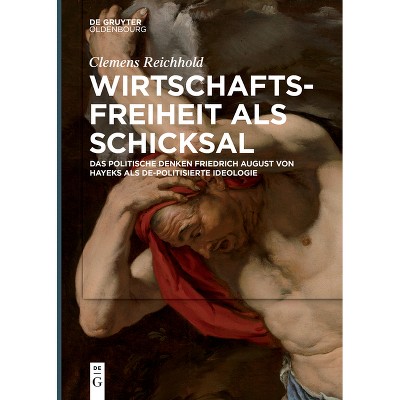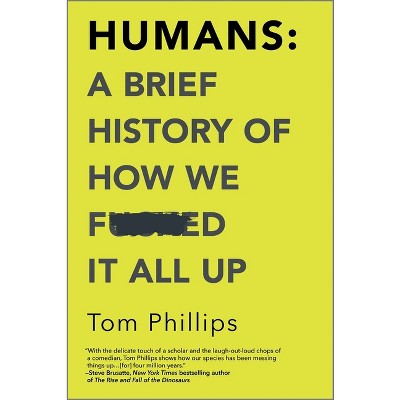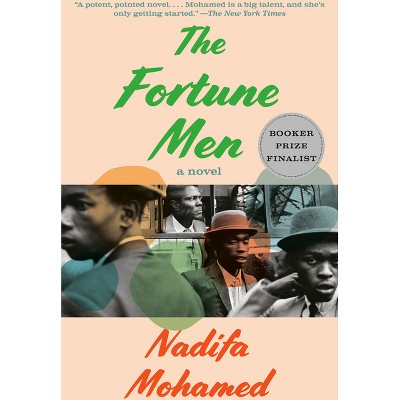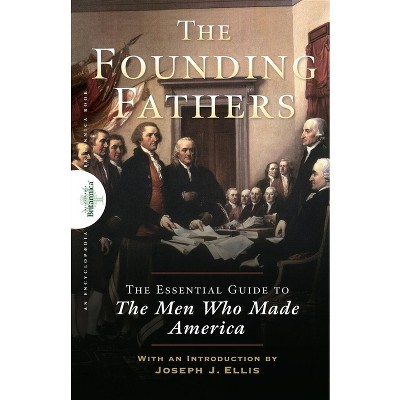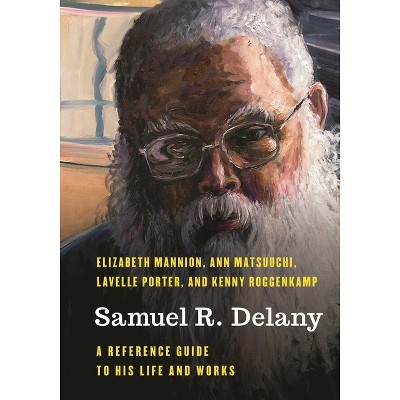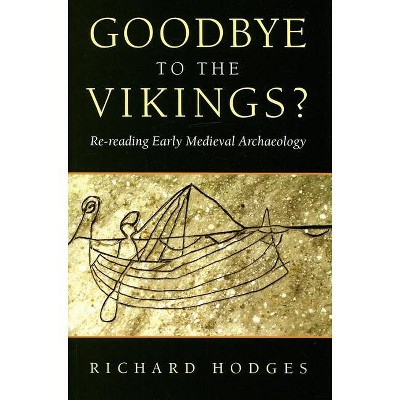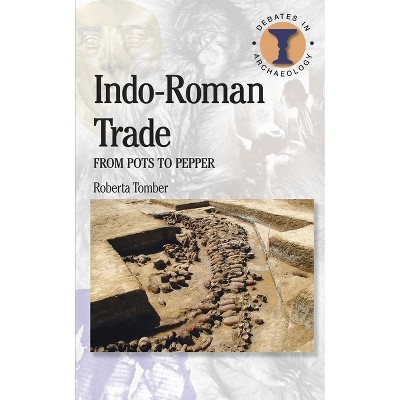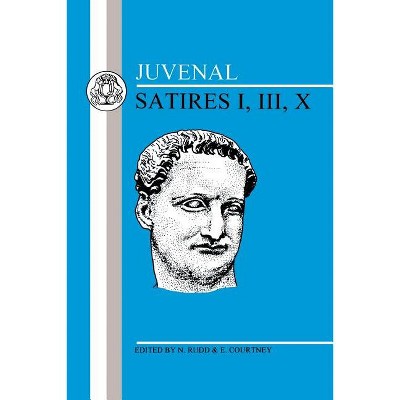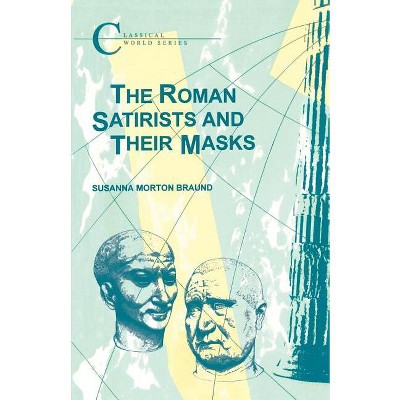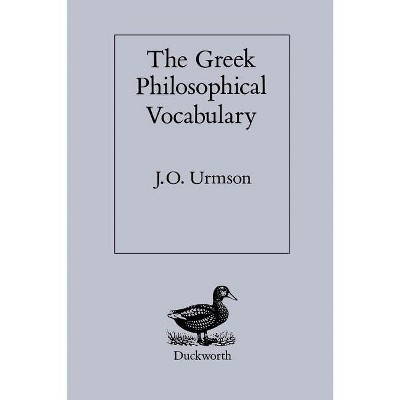Sponsored

Anatomy of Denmark - by Klavs Randsborg (Paperback)
In Stock
Sponsored
About this item
Highlights
- The Anatomy of Denmark is a concise, well illustrated history of the accomplishments and cultural heritage of the people living on what is now Danish territory since the Ice Age.
- About the Author: Klavs Randsborg is Professor of World Archaeology at the University of Copenhagen, Denmark.
- 192 Pages
- Social Science, Archaeology
Description
About the Book
Presents an illustrated history of the accomplishments and cultural heritage of people living in Danish territory since the Ice Age. This book is suitable for those interested in this small thriving country - archaeologist, historian, tourist and business visitor alike.
Book Synopsis
The Anatomy of Denmark is a concise, well illustrated history of the accomplishments and cultural heritage of the people living on what is now Danish territory since the Ice Age. The archeology and history of the earlier period (before AD 1200) is given as much weight as is the more recent past, unlike standard history books which emphasize written texts and more modern times. The book demonstrates the deep roots of a successful, well protected region through the ages. Strategically situated between two seas, as well as between larger Scandinavia and Central Europe, this populous beautiful country has always been both close to the centers of development and somewhat protected from foreign excesses. A particular talent for social organization, education, management and production has taken small Denmark out into the world ever since the Ice Age.
The Anatomy of Denmark is clearly written and lavishly furnished with illustrations and tables. It provides an brief, fact-packed introduction for anyone interested in this small thriving country - archaeologist, historian, tourist and business visitor alike.About the Author
Klavs Randsborg is Professor of World Archaeology at the University of Copenhagen, Denmark. His research covers the Scandinavian, European and Mediterranean Neolithic, the Bronze and Iron Ages, Classical and Near Eastern Antiquity, the Roman Period, the Migration Period, the Viking Age and the Early Middle Ages as well as African archaeology and Global topics. He is a member of the permanent council of UNESCO.